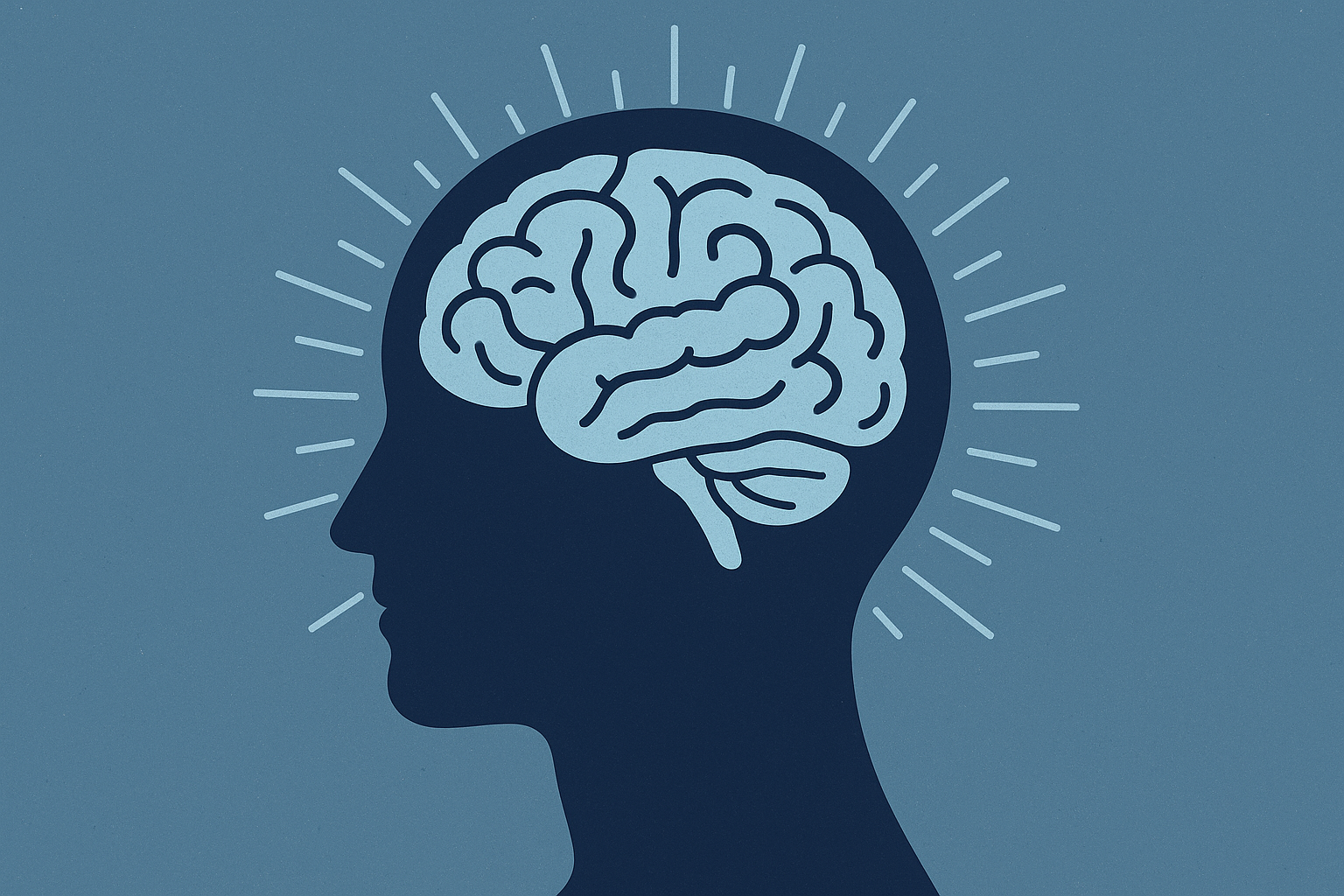The crucial role of blinding to avoid bias in research and publication

Bias affects research, from the inception of the study to the research design and all the steps of the research process, as well as peer review and the publication and citation of publications. Unwittingly, researchers may color their research by making quick judgments based on their own experiences, ideas, and prejudices. This is known as unconscious bias (or implicit bias). Meanwhile, conscious bias (or explicit bias) is deliberate. Both types of bias affect the validity and reliability of research findings.
In medicine, in particular, skewed data or data misinterpretation has serious consequences for practice. While bias is difficult to eliminate altogether, several measures may be adopted to minimize it when planning and conducting research. One of these is blinding. In this article, we discuss types of bias, and how single-, double-, or triple-blind approaches can help address them.
Types of bias at a glance
The chief types of bias affecting research and publishing are as follows.
Selection bias: When the sample being studied is not representative of the entire population. Selection bias leads to results that may not be generalized to the broader population.
Confirmation bias: When researchers unconsciously favor information that confirms their existing beliefs or hypotheses, while overlooking data that contradicts them.
Publication bias: When researchers selectively report only positive or significant findings. This leads to an overrepresentation of positive results in the published literature.
Citation bias: When researchers preferentially cite studies that support their own work or viewpoints, while excluding contradictory evidence.
Experimenter bias: When researchers’ biases inadvertently influence the study participants’ behavior.
Observer bias: When observations are perceived and recorded in line with preconceived expectations. Observer bias leads to an overestimation or underestimation of the actual values being measured.
Minimizing bias as a researcher
As a researcher, you should be conscious and aware of your potential prejudices. Be mindful of any preconceived notions and strive to keep an open and impartial mindset. When deciding your research design, ensure that it is appropriate to the study and research objectives. This may entail using random sampling in quantitative studies, accounting for loss of participants to follow-ups, wording survey or interview questions in a neutral tone, and using blinded research methods to reduce observer bias. Furthermore, when searching the literature, try to focus on high-quality research irrespective of the results.
As indicated above, blinding is one of the ways to minimize the influence of bias on the research process. Let’s examine it in more detail.
How blinding can ensure objective scientific findings
Blinding refers to “the process by which information that has the potential to influence study results is withheld from one or more parties involved in a research study.” In studies involving treatments, bias can be prevented by blinding (also known as “masking”). This approach involves withholding information from participants or researchers or both about the allocation of groups or assignment of treatments. In other words, blinding prevents researchers and participants from knowing certain aspects of the study that could influence their behavior or decision-making processes. This method is often used in clinical trials, where observer bias can distort subjective evaluations or measurements by human observers. By concealing critical information, blinding reduces the risk of unconscious biases affecting the study’s outcomes. Thus, by implementing blinding techniques, researchers can ensure that their findings are more objective and reliable.
Types of blinding
Researchers can adopt single-blind, double-blind, or triple-blind approaches in scientific studies, depending on the nature of the research and the potential sources of bias.
Single-blind: In this approach, the participants are unaware of the treatment or condition they are receiving, while the researchers are aware. This type of blinding is commonly used in clinical trials to prevent participant bias.
Double-blind: Both the participants and the researchers involved in administering the treatment or intervention are blinded to the group assignments.
Triple-blind: In addition to the participants and researchers being blinded, those involved in data analysis or outcome assessment are also unaware of the group assignments. This additional layer of blinding further reduces the potential for bias in interpreting the results.
Examples of blinding in practice
Blinding is particularly important in disciplines where subjective assessments or measurements are involved, such as medical research, psychology, and social sciences. For instance, in a clinical trial testing a new drug, participants may be given either the active treatment or a placebo without knowing which one they received. This prevents the placebo effect, where participants’ expectations can influence their perceived outcomes. Furthermore, in psychology experiments studying human behavior, participants may be randomly assigned to different conditions without knowing the specific details of each condition. This ensures that participant responses are not influenced by their preconceptions.
Blinding is not limited to the conduct of studies; single- or double-blind approaches can also be applied to other aspects of scientific work to reduce bias. Most scientific journals implement blinded peer review, where the identities of authors, reviewers, or both are masked. This helps minimize potential biases based on factors such as institutional affiliations, gender, or reputation. In addition, funding agencies may also employ blinded peer review to ensure that grant proposals are evaluated solely based on their scientific merit, without being influenced by the applicants’ identities or affiliations.
Conclusion and tips
Blinding in scientific research helps mitigate the influence of bias and ensure the objectivity and reliability of study findings. To effectively implement blinding in scientific studies, researchers may consider the following tips:
-
Carefully assess the potential sources of bias in your study and determine the appropriate level of blinding needed (single-blind, double-blind, or triple-blind).
-
Develop robust protocols and procedures to ensure the integrity of the blinding process, such as using coded labels or sealed envelopes to conceal treatment assignments.
-
Involve third parties, such as independent data analysts or outcome assessors, to maintain the blinding throughout the study and minimize the risk of unblinding.
-
Clearly describe the blinding procedures used in the study methodology section of publications or reports to promote transparency and facilitate replication by other researchers.
Researchers bear an ethical responsibility to openly acknowledge the constraints and limitations of their work, as well as account for potential sources of bias that may influence the results. One of the approaches to uphold this responsibility is blinding. This allows health professionals, policymakers, and others to critically evaluate and scrutinize the study findings while considering the impact of any biases when determining how to apply the research outcomes to real-world practice or policy decisions. By embracing blinding as a standard practice, the scientific community can increase the reliability and validity of research findings.






